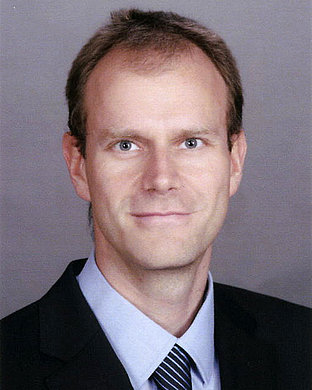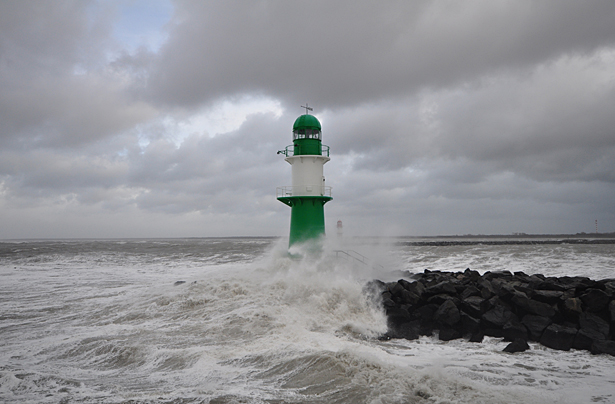Allianz.com: How do improved protective measures contribute to keeping damage low?
Markus Stowasser: Quite a lot. Hamburg is a good example. In the 18th century the dikes along the river Elbe were at 5.2 meters above sea level. Following a strong storm tide in 1825, they were increased to 5.7 meters and were able to withstand another strong storm tide in 1855. Only in 1962, after a phase of relative calm that lasted over 100 years, another extremely severe storm surge occurred. Although the floods only reached a level of approx. 5 meters, many protection devices failed. Since people were no longer aware of the danger, they had neglected the maintenance of the protection devices. After the storm tide, the dikes were raised to 7.2 meters and were then able to withstand the storm tide of 1976, which was even stronger, reaching 6.5 meters. The storm tide for Xaver, too, was unable to pass the protection devices that had been built even higher in the meantime.
Will we remember "Xaver" as one of the particularly strong storms of our times, like Cyclone Quimburga from 1972 or the flood in Hamburg from 1962?
Compared to other storms, Xaver's wind speeds were not unusual. However, the storm lasted for an extremely long time. In combination with a north-west wind, this resulted in a very severe storm tide, not only along the northern German coast, but also along Great Britain's east coast. Here, some measuring stations recorded higher sea levels than during the catastrophic flood of 1953. Here, too, improved protective measures and warning systems were able to prevent even worse damage.

